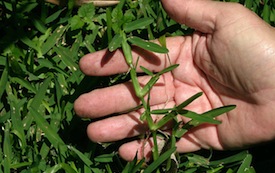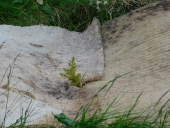

 8
8




Some places need to be wild

 3
3




Live, love life holistically
 5
5




Creating edible biodiversity and embracing everlasting abundance.
 5
5




Eric Hanson wrote:Is there any Permies acceptable way to rid myself of this? Or at least can I give my native grasses a leg up? I eagerly await your responses!!!
Invasive plants are Earth's way of insisting we notice her medicines. Stephen Herrod Buhner
Everyone learns what works by learning what doesn't work. Stephen Herrod Buhner
 3
3




 2
2




Invasive plants are Earth's way of insisting we notice her medicines. Stephen Herrod Buhner
Everyone learns what works by learning what doesn't work. Stephen Herrod Buhner
 6
6




"We're all just walking each other home." -Ram Dass
"Be a lamp, or a lifeboat, or a ladder."-Rumi
"It's all one song!" -Neil Young










 4
4




Some places need to be wild










 4
4




Some places need to be wild










 4
4




Some places need to be wild
 1
1





Invasive plants are Earth's way of insisting we notice her medicines. Stephen Herrod Buhner
Everyone learns what works by learning what doesn't work. Stephen Herrod Buhner










 4
4




Some places need to be wild










 4
4




Some places need to be wild
 9
9




Zone 6, 45 inches precipitation, hard clay soil














 5
5




Some places need to be wild










 4
4




Some places need to be wild
 7
7




Zone 6, 45 inches precipitation, hard clay soil




 4
4
















 4
4




Some places need to be wild










 4
4




Some places need to be wild
 4
4




 3
3




 9
9




 4
4




Priscilla Smith wrote:I ran a close-up of the plant through Picture This plant id app. I got this:














Some places need to be wild
 3
3





|
Stinging nettles are edible. But I really want to see you try to eat this tiny ad:
heat your home with yard waste and cardboard
https://freeheat.info
|





